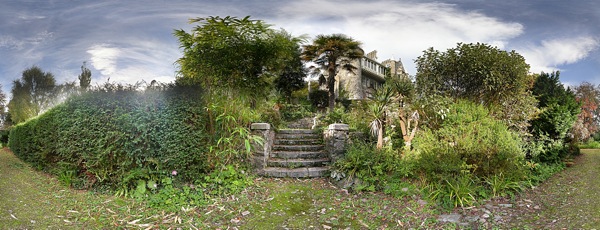In fact, A=440 has never been the international standard pitch, and the first international conference to impose A=440, which failed, was organized by Nazi Propaganda Minister Joseph Goebbels in 1939. Throughout the seventeeth, eighteenth, and nineteenth centuries, and in fact into the 1940s, all standard U.S. and European text books on physics, sound, and music took as a given the ``physical pitch'' or ``scientific pitch'' of C=256, including Helmholtz's own texts themselves. Figures 13 and 14 show pages from two standard modern American textbooks, a 1931 standard phonetics text, and the official 1944 physics manual of the U.S. War Department, which begin with the standard definition of musical pitch as C=256.[1]
Regarding composers, all ``early music'' scholars agree that Mozart tuned at precisely at C=256, as his A was in the range of A=427-430. Christopher Hogwood, Roger Norrington, and dozens of other directors of orginal-instrument orchestras' established the practice during the 1980's of recording all Mozart works at precisely A=430, as well as most of Beethoven's symphonies and piano concertos. Hogwood, Norrington, and others have stated in dozens of interviews and record jackets, the pragmatic reason: German instruments of the period 1780-1827, and even replicas of those instruments, can only be tuned at A=430.
The demand by Czar Alexander, at the 1815 Congress of Vienna, for a ``brighter'' sound, began the demand for a higher pitch from all the crowned heads of Europe. While Cclassical musicians resisted, the Romantic school, led by Friedrich Liszt and his son-in law Richard Wagner, championed the higher pitch during the 1830's and 1840's. Wagner even had the bassoon and many other instruments redesigned so as to be able to play only at A=440 and above. By 1850, chaos reigned, with major European theatres at pitches varying from A=420 to A=460, and even higher at Venice.
In the late 1850's, the French government, under the influence of a committee of composers led by bel canto proponent Giacomo Rossini, called for the first standardization of the pitch in modern times. France consequently passed a law in 1859 establishing A at 435, the lowest of the ranges of pitches (from A=434 to A=456) then in common use in France, and the highest possible pitch at which the soprano register shifts may be maintained close to their disposition at C=256. It was this French A to which Verdi later referred, in objecting to higher tunings then prevalent in Italy, under which circumstance ``we call A in Rome, what is B-flat in Paris.''
Following Verdi's 1884 efforts to insitutitionalize A=432 in Italy, a British-dominated conference in Vienna in 1885 ruled that no such pitch could be standardized. The French, the New York Metropolitan Opera, and many theatres in Europe and the U.S., continued to maintain their A at 432-435, until World War II.
The first effort to institutionalize A=440 in fact was a conference organized by Joseph Goebbels in 1939, who had standardized A=440 as the official German pitch. Professor Robert Dussaut of the National Conservatory of Paris told the French press that: ``By September 1938, the Accoustic Committee of Radio Berlin requested the British Standard Association to organize a congress in London to adopt internationally the German Radio tuning of 440 periods. This congress did in fact occur in London, a very short time before the war, in May-June 1939. No French composer was invited. The decision to raise the pitch was thus taken without consulting French musicians, and against their will.'' The Anglo-Nazi agreement, given the outbreak of war, did not last, so that still A=440 did not stick as a standard pitch.
A second congress in London of the International Standardizing Organization met in October 1953, to again attempt to impose A=440 internationally. This conference passed such a resolution; again no Continental musicians who opposed the rise in pitch were invited, and the resolution was widely ignored. Professor Dussaut of the Paris Conservatory wrote that British instrument makers catering to the U.S. jazz trade, which played at A=440 and above, had demanded the higher pitch, ``and it is shocking to me that our orchestra members and singers should thus be dependent upon jazz players.'' A referendum by Professor Dussaut of 23,000 French musicians voted overwhelmingly for A=432.
As recently as 1971, the European Community passed a recommendation calling for the still non-existent international pitch standard. The action was reported in ``The Pitch Game,'' Time magazine, Aug. 9, 1971. The article states that A=440, ``this supposedly international standard, is widely ignored.'' Lower tuning is common, including in Moscow, Time reported, ``where orchestras revel in a plushy, warm tone achieved by a larynx-relaxing A=435 cycles,'' and at a performance in London ``a few years ago,'' British church organs were still tuned a half-tone lower, about A=425, than the visiting Vienna Philharmonic, at A=450.
1. Charles E. Dull, {Physics Course 2: Heat, Sound, and Light: Education Manual 402} (New York: Henry Holt, April 1944).



